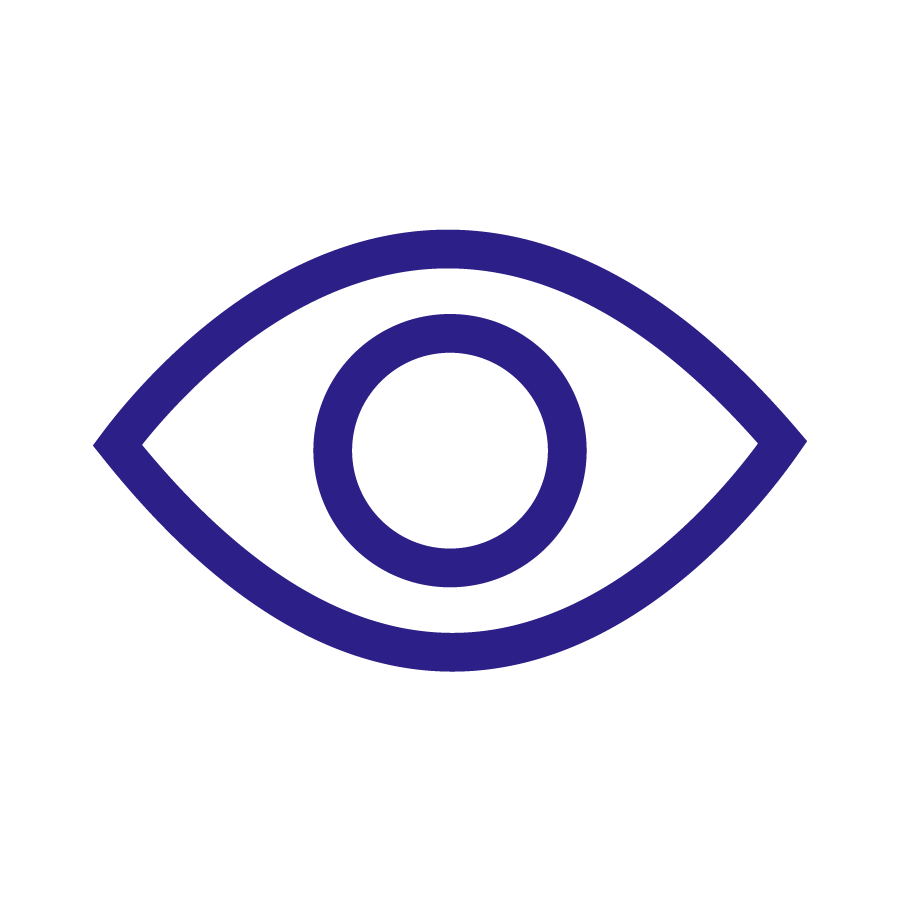SFS-EN ISO 27548:2024:en
Additive manufacturing of plastics. Environment, health, and safety. Test method for determination of particle and chemical emission rates from desktop material extrusion 3D printer (ISO 27548:2024)
Soveltamisala
Suomenkielistä soveltamisalaa ei ole saatavissa.
This document specifies test methods to determine particle emissions (including ultrafine particles) and specified volatile organic compounds (including aldehydes) from desktop MEX-TRB/P processes often used in non-industrial environments such as school, homes and office spaces in an emission test chamber under specified test conditions. However, these tests do not necessarily accurately predict real-world results.
This document specifies a conditioning method using an emission test chamber with controlled temperature, humidity, air exchange rate, air velocity, and procedures for monitoring, storage, analysis, calculation, and reporting of emission rates.
This document is intended to cover desktop MEX-TRB/P machine which is typically sized for placement on a desktop, used in non-industrial places like school, home and office space. The primary purpose of this document is to quantify particle and chemical emission rates from desktop MEX-TRB/P machine.
However, not all possible emissions are covered by this method. Many feedstocks can release hazardous emissions that are not measured by the chemical detectors prescribed in this document. It is the responsibility of the user to understand the material being extruded and the potential chemical emissions. An example is Poly Vinyl Chloride feedstocks that can potentially emit chlorinated compounds, which cannot be measured by the method described in this document.
Tämän julkaisun valmistelusta Suomessa vastaa Metalliteollisuuden Standardisointiyhdistys ry, puh. 09 19 231 (vaihde).
This document specifies test methods to determine particle emissions (including ultrafine particles) and specified volatile organic compounds (including aldehydes) from desktop MEX-TRB/P processes often used in non-industrial environments such as school, homes and office spaces in an emission test chamber under specified test conditions. However, these tests do not necessarily accurately predict real-world results.
This document specifies a conditioning method using an emission test chamber with controlled temperature, humidity, air exchange rate, air velocity, and procedures for monitoring, storage, analysis, calculation, and reporting of emission rates.
This document is intended to cover desktop MEX-TRB/P machine which is typically sized for placement on a desktop, used in non-industrial places like school, home and office space. The primary purpose of this document is to quantify particle and chemical emission rates from desktop MEX-TRB/P machine.
However, not all possible emissions are covered by this method. Many feedstocks can release hazardous emissions that are not measured by the chemical detectors prescribed in this document. It is the responsibility of the user to understand the material being extruded and the potential chemical emissions. An example is Poly Vinyl Chloride feedstocks that can potentially emit chlorinated compounds, which cannot be measured by the method described in this document.
Tämän julkaisun valmistelusta Suomessa vastaa Metalliteollisuuden Standardisointiyhdistys ry, puh. 09 19 231 (vaihde).
Sisällysluettelo

Tuoteryhmä(t)
Sidokset
Element not found
path="sfs/sfs.product.sidos"
path="sfs/sfs.product.sidos"
Velvoittavat viittaukset
ISO 16000-3:2022 Indoor air — Part 3: Determination of formaldehyde and other carbonyl compounds in indoor and test chamber air — Active sampling method
ISO 16000-6:2021 Indoor air — Part 6: Determination of organic compounds (VVOC, VOC, SVOC) in indoor and test chamber air by active sampling on sorbent tubes, thermal desorption and gas chromatography using MS or MS FID
ISO 16000-9:2024 Indoor air — Part 9: Determination of the emission of volatile organic compounds from samples of building products and furnishing — Emission test chamber method
ISO 16000-6:2021 Indoor air — Part 6: Determination of organic compounds (VVOC, VOC, SVOC) in indoor and test chamber air by active sampling on sorbent tubes, thermal desorption and gas chromatography using MS or MS FID
ISO 16000-9:2024 Indoor air — Part 9: Determination of the emission of volatile organic compounds from samples of building products and furnishing — Emission test chamber method
Näytä julkaisuun liittyvät velvoittavat viittaukset
Tekninen komitea
Vahvistuspäivä
26.07.2024
Julkaisupäivä
30.07.2024
Painos
1
Sivumäärä
32
Julkaisun kieli
englanti


